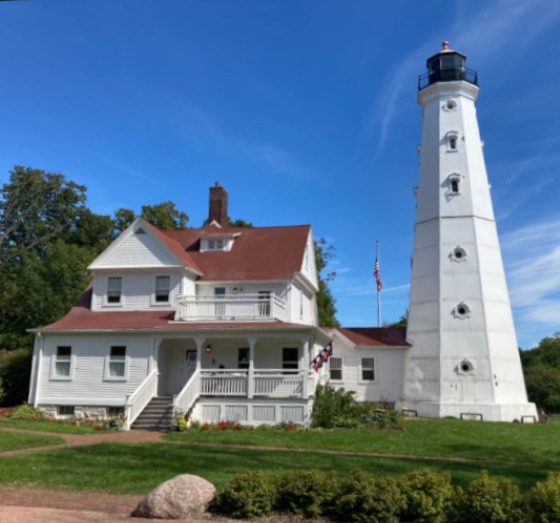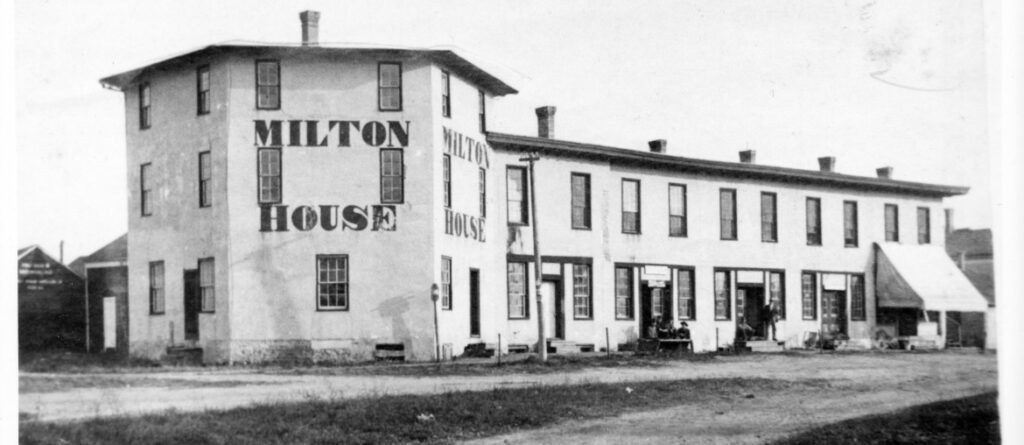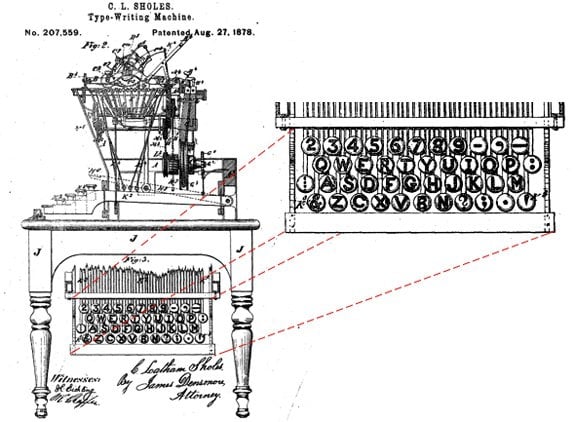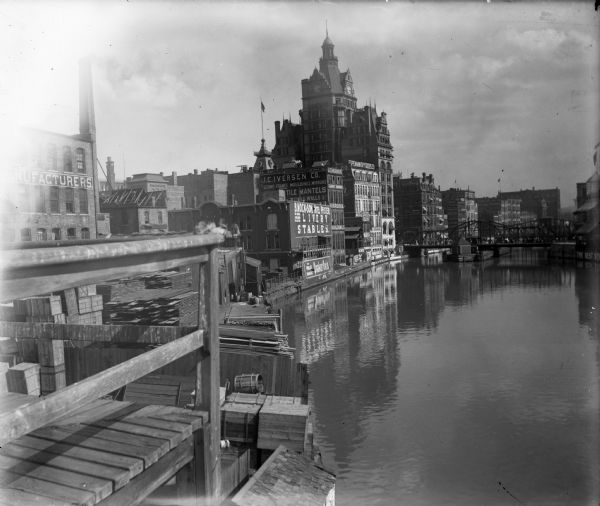Milwaukee’s North Point Light House
North Point Lighthouse is a historical lighthouse situated in Milwaukee, Wisconsin. It is located at Lake Park, a popular attraction that has been in existence since the 1800s. The lighthouse has a rich history and has undergone various transformations since it was built in 1855. The North Point Lighthouse has undergone multiple renovations and restorations, allowing the site to remain a significant attraction to this day. The North Point Lighthouse was built in 1855, and the original structure was made with Cream City brick. The lighthouse was equipped with a Fourth Order Fresnel lens that was manufactured by Barbier, Benard & Turenne of Paris. In 1868, the lens was replaced, and the lantern room was rebuilt. A new Fourth Order Fresnel lens was installed, most likely by the same manufacturer. By the 1870s, the North Point Lighthouse’s front yard had started to erode, causing 16 feet of it to break loose and drop to the beach. As a result, the government decided to build a new lighthouse 100 feet inland. In 1886, Congress approved $15,000 to build the current lighthouse and frame the Keeper’s Quarters. Construction of the new cast iron tower was completed in December 1887, and the beacon was lit on the night of January 10, 1888. The new lighthouse was built with a 39-foot high octagon-shaped structure made of bolted cast iron sections. The 1868 lens was placed in the new lighthouse, and the present Keeper’s Quarters were built by 1888. By 1893, Lake Park was being designed by Frederick Law Olmsted, a premier 19th Century American landscape architect. The North Point Lighthouse, surrounded by two acres of land, divided Lake Park into two sections. Before Lake Park could be freely traversed by a carriage road, the park commissioners had to obtain permission from the federal government in Washington D.C. In 1893, efforts led by the commissioners and Wisconsin Senator John L. Mitchell resulted in permission to complete the Olmsted plan without disturbing the Lighthouse’s function. This allowed a carriage road and two bridges to be built east of the Lighthouse. By the 1900s, trees growing in Lake Park along the shore began to obscure the light from mariners on Lake Michigan. Congress stopped funding the lighthouse in 1907 after city lights and growth of trees began to obscure the signal. Merchants and mariners protested, and the beacon began to be operated locally. However, in 1909, the U.S. Lighthouse Board reestablished federal control of the light station, and Congress authorized $10,000 to double the tower’s height. A temporary wooden tower was constructed to keep the beacon operating while a new steel base was built. The new steel structure with the old iron tower attached on top was put into service on December 15, 1912, placing the beacon at 74 feet from the ground and 154 feet above Lake Michigan. On July 1, 1913, the mineral oil illuminate was changed to coal gas, and in 1929, the gas illuminate was changed from city gas to electricity. In 1937, Keeper duties were assumed by the newly-created U.S. Coast Guard. Two years later, the U.S. Lighthouse Service and the U.S. Lifesaving service became part of the U.S. Coast Guard. The North Point Lighthouse was placed on the National Register of Historic Lighthouses in 1980 and the National Register of Historic Places in 1984. In 1994, with the advent of modern navigation equipment, lighthouses were no longer necessary, and North Point Lighthouse was decommissioned by the US Coast Guard. 2013 – The renovated Keeper’s Quarters opens to the public as a museum featuring exhibits on the history of the North Point Lighthouse and maritime trade on Lake Michigan. Today, the North Point Lighthouse stands as a historic landmark in Milwaukee, Wisconsin, serving as a popular tourist attraction and an important piece of the city’s maritime history. The lighthouse has undergone several renovations and restorations over the years, including the addition of a new LED light that was installed in 2018 to improve the safety of mariners navigating Lake Michigan. Today, the North Point Lighthouse stands as a historic landmark in Milwaukee, Wisconsin, serving as a popular tourist attraction and an important piece of the city’s maritime history. The lighthouse has undergone several renovations and restorations over the years, including the addition of a new LED light that was installed in 2018 to improve the safety of mariners navigating Lake Michigan. Science and History of Lighthouses Lighthouses have played a vital role in maritime history for centuries, serving as beacons of light that guide ships and boats safely through treacherous waters. Early lighthouses used simple fires or lanterns to warn mariners of dangerous coastal areas, but as technology advanced, lighthouses became more sophisticated, with the introduction of powerful Fresnel lenses in the early 19th century. Fresnel lenses are a type of optical lens that was developed by French physicist Augustin-Jean Fresnel in the early 1800s. These lenses were made of numerous small, thin glass prisms arranged in a circular pattern, which allowed the light to be focused into a powerful beam that could be seen over great distances. The first Fresnel lens was installed in a lighthouse in France in 1823, and the technology quickly spread throughout the world. Fresnel lenses were particularly important for lighthouses because they allowed the light to be focused into a beam that could be seen over much greater distances than traditional lenses or lanterns. This meant that lighthouses could be built further inland and still provide effective navigation for mariners at sea. Fresnel lenses also required less maintenance than traditional lenses, and they were more resistant to damage from harsh weather conditions, making them an ideal choice for lighthouse illumination. Over time, lighthouses continued to evolve, with the introduction of electric lights, automated systems, and other technological advances. Today, many historic lighthouses have been preserved as landmarks and tourist attractions, offering visitors a glimpse into the rich maritime history of the past.
Milwaukee’s North Point Light House Read More »









